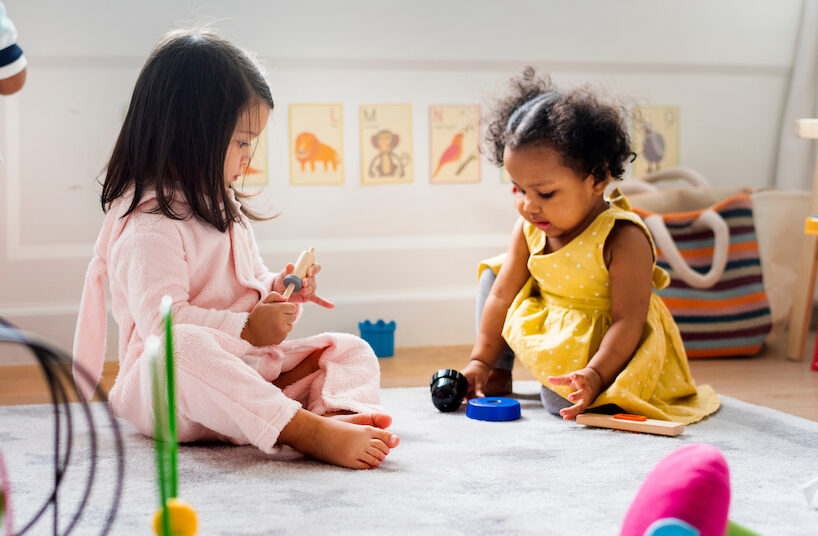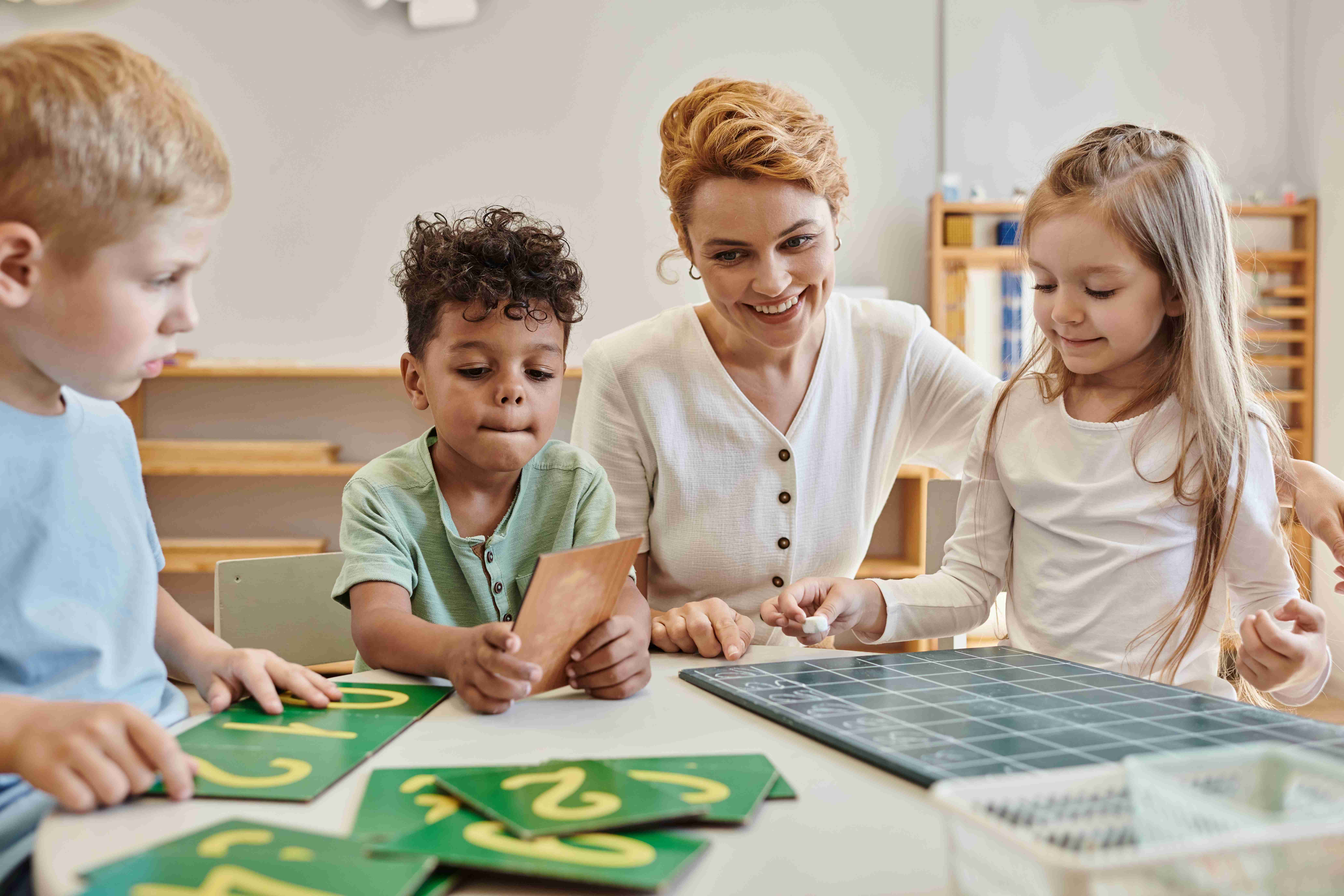
Language development is an important part of your child’s growth. While this statement may seem obvious, it should not be understated – language is the basis of communication.
From early infancy, babies respond to, absorb, and learn language. What can you do as an adult to aid the process? Rhyming is a great way to help your child learn and experience the joys of language!
Why Rhyme?
Infants respond to the bounce and rhythm of language, regardless of whether they understand the words yet. This bounce and rhythm allows a child to learn the conventions of language and communication. For instance, we subconsciously know to raise our voices at the end of a question, an infant is just learning conventions such as these.
It’s not only conventions of communication that infants learn, but the concept or rhyme and anticipation of a story. Tell your child their favourite rhyme and watch as they get excited for their favourite parts.
More importantly, rhyming with your infant does what all communication does – it helps build relationships. Rhymes with eye contact and mutually responsive interaction helps build relationships and introduce infants to communication.
What Rhyme?
Not all rhymes are made the same. Different types of rhymes appeal to different age groups. As children gain a greater awareness on the concept of language, they expect more complex rhymes.
As newborns or very young infants, rhymes with a gentle physical element like bouncing or patting feet work best to engage. As infants get older, rhymes can include more elaborate actions or perhaps more boisterous actions – you’ll be able to tell which your infant responds better toward.
When children reach 1-2 years of age, rhymes can rely less on physical punch lines and more on story.
Once your child is 2 years old, then fingerplays can be introduced. As your child matures, more complex fingerplays can be introduced as well as rhymes that invite miming actions. Nonsense rhymes that are silly or whimsical can also bring in fun reactions from children who have grasped the conventions of language enough to understand when those conventions are subverted.
Once a child is about two years old, their grasp on stories will be stronger. When you notice that an old rhyme you used to share with your child is falling flat, see if you can be creative in the ways you engage your child. Rhymes can be adapted and acted out or they can be incorporated into play and games with your child.
At Childventures, we know that language development begins in infancy, so our Infant Program is geared toward teaching children to communicate.


